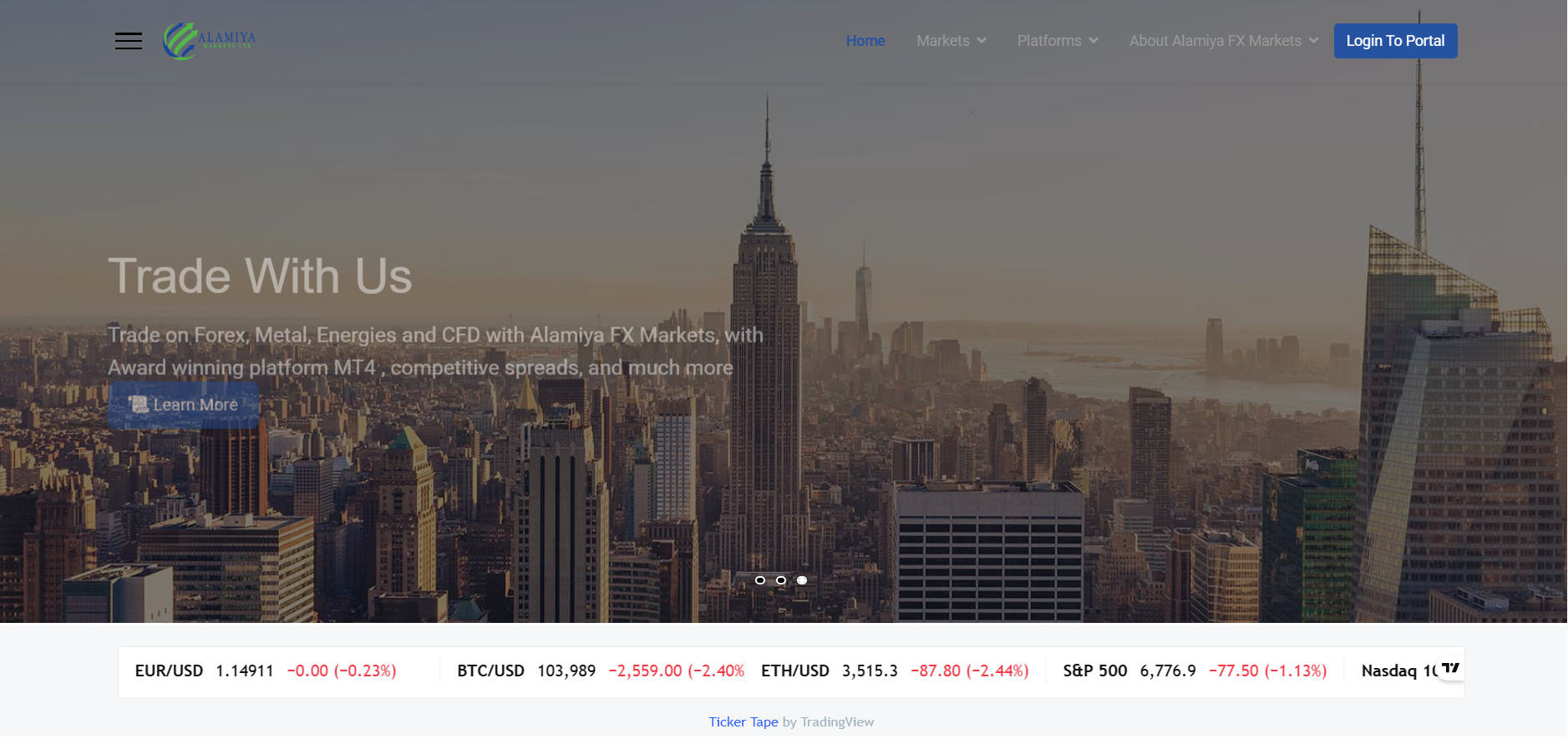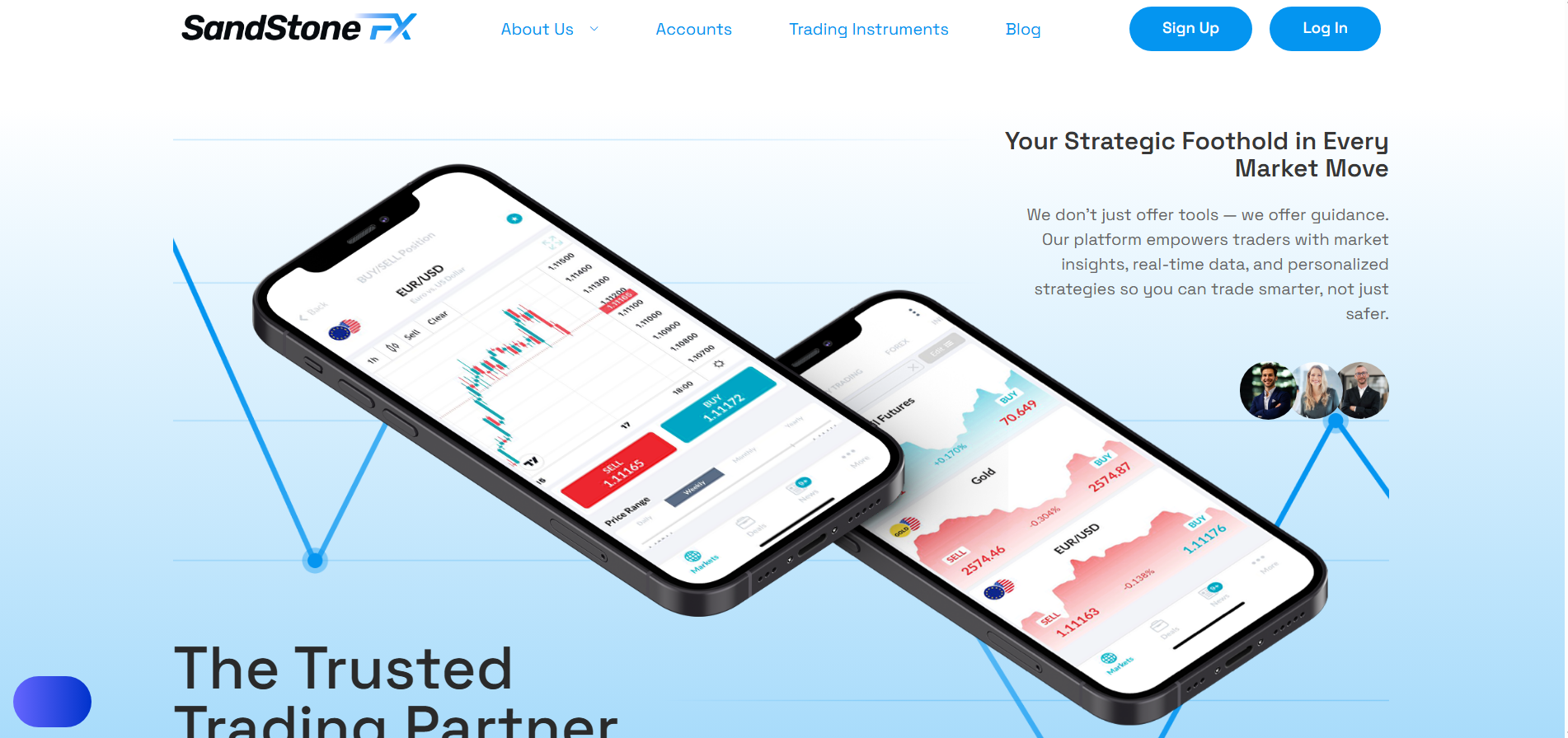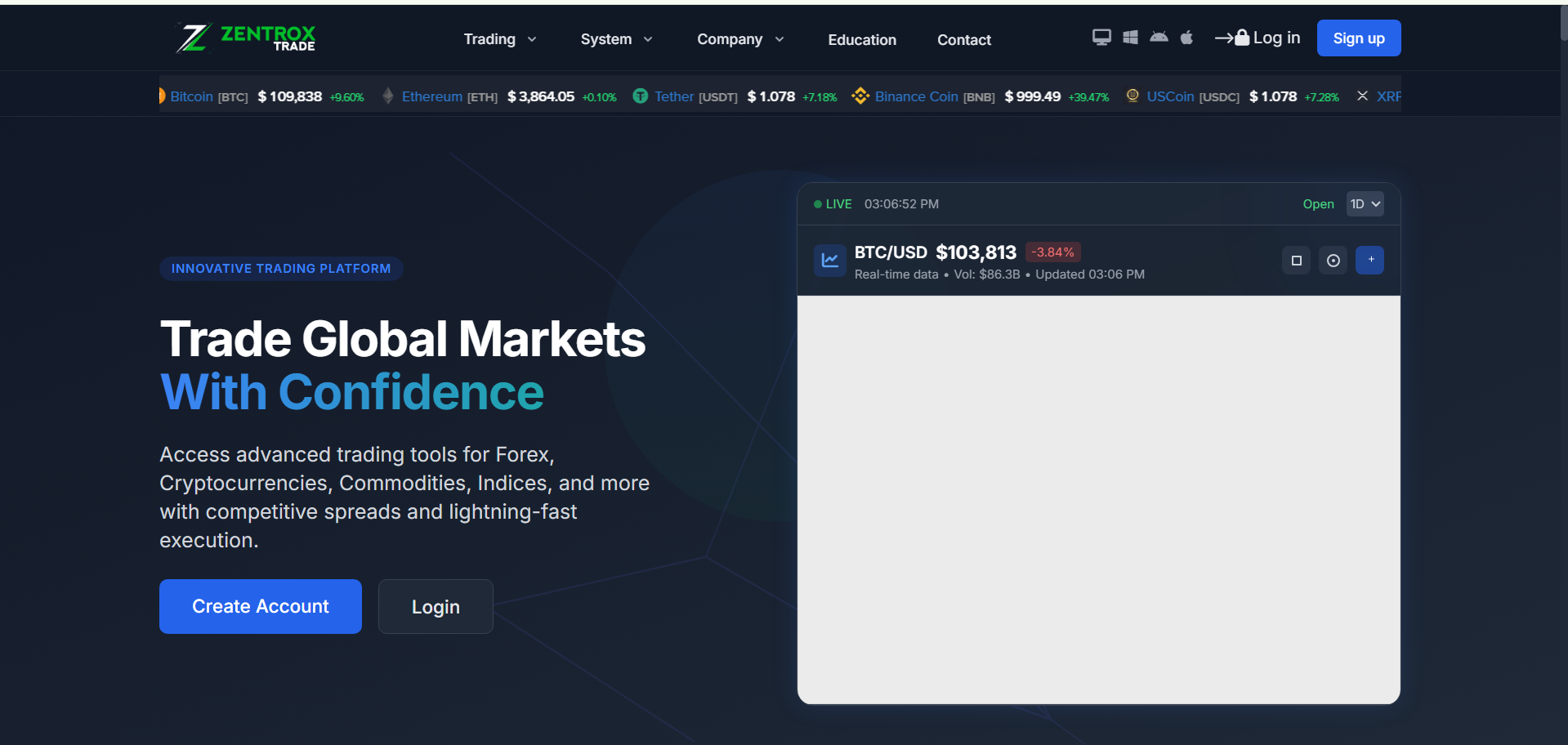Alert 6 Reasons Why You Should Avoid Alamiya FX Markets (Unregistered Forex Broker)
When it comes to online trading platforms, not all brokers are created equal. The broker Alamiya FX Markets, operating through the website alamiyafxmarkets.com, has multiple warning signs that traders should seriously consider before depositing funds. In this article we explore 6 key reasons to approach Alamiya FX Markets with extreme caution — and why the lack of regulation means your money could be at serious risk.
1. Unverified Licensing and Regulatory Oversight
One of the foundational rules of safe online trading is using a broker that is regulated by a recognised financial authority. Alamiya FX Markets claims registration in Saint Lucia (International Financial Centre “IFC”, registration number 2024-00190). TraderKnows+1 However, verification checks by third-party sites such as WikiFX show no valid regulatory licence, stating “No valid regulatory information … please be aware of the risk!” for this broker. wikifx.com+1
Because Alamiya FX Markets lacks oversight from a credible regulator (such as the Financial Conduct Authority (FCA) in the UK, the Australian Securities & Investments Commission (ASIC) in Australia, or analogous bodies), it means there is no guarantee your funds are protected in the way they would be with a properly regulated broker.
2. Short Domain Age & Limited Track Record
When checking the domain of Alamiya FX Markets (alamiyafxmarkets.com), the registration date was July 8, 2024. TraderKnows A newly registered domain, paired with a lack of long-term track record, raises concerns. Established, reputable brokers usually have many years or even decades of history, which builds trust and accountability. Without that history, you are dealing with far greater uncertainty.
3. Address, Identity and Transparency Issues
Alamiya FX Markets lists its address as “Ground Floor, The Sotheby Building, Rodney Village, Rodney Bay, Gros-Islet, Saint Lucia” and also “Kahwaji Center, Downtown Beirut, Lebanon”. Alamiya FX Markets+1 These multiple addresses, plus a lack of clarity on key people or verifiable head office, contribute to a transparency problem. Where a broker cannot clearly demonstrate its corporate identity, regulatory oversight, and genuine physical presence, the risk of misconduct is magnified.
4. Red Flags in Reviews and Independent Evaluations
Independent review platforms highlight the danger posed by Alamiya FX Markets. For example, WikiFX gives a rating of 0 (on a scale where higher is safer) for regulation status of this broker, calling it “high potential risk”. wikifx.com+1 Meanwhile, review sites note that without regulation, there is no recourse if you have a dispute or if the operator fails to fulfil obligations. TheSafetyReviewer+1
This accumulation of red flags — unlicensed, new domain, unclear identity, negative external evaluation — forms a strong caution signal.
5. Risks of Withdrawal Issues and Hidden Conditions
One of the most common complaints in unregulated broker scenarios is difficulty withdrawing funds. Because regulatory requirements are absent or weak, brokers like Alamiya FX Markets may enforce hidden fees, unverifiable conditions, delays, or refusal of withdrawals. Review summaries warn that without regulatory protection, “your funds are not protected” and you may face “manipulated balances or blocked access.” ReliableReviewers
When you lack the safety net of a regulator’s investor compensation scheme or enforced client fund segregation, your capital is at much greater risk of being trapped.
6. Marketing Promises vs Reality — High Risk for Traders
The website of Alamiya FX Markets promotes trading across forex, metals, energy, stocks, crypto and using MT4/MT5 platforms. Alamiya FX Markets+1 But marketing alone isn’t proof of legitimacy. Without strong regulation and transparency, the high risks of leveraged trading (and potential for losses) are magnified. Traders may be enticed by the broad product offering, but if you are operating with a broker that doesn’t hold firm regulatory credentials, the risk shifts from market risk to counterparty risk — the chance that the broker will not operate fairly, or you will not be able to withdraw or reclaim funds.
In short: using Alamiya FX Markets means exposing yourself not only to normal trading risk, but to structural risk related to the broker itself.
Conclusion: Protect Your Capital — Steer Clear of Alamiya FX Markets
In summary, Alamiya FX Markets presents a very high-risk profile for any trader. The lack of legitimate, verifiable regulation, the very recent domain registration, unclear transparency about corporate identity, multiple addresses, serious caution notes from independent reviewers, and the typical pitfalls associated with unregulated brokers all combine to make this platform a risky environment for investing your hard-earned money.
When you trade, yes you expect the risks inherent in the markets. But part of smart trading is reducing the additional risks, specifically the risk that the broker itself is unreliable or unscrupulous. In this case, Alamiya FX Markets lacks the foundational protections that regulated brokers provide: regulatory oversight, client fund segregation, clear corporate identity, enforceable rights, and auditability. Because these protections are absent or weak, choosing to trade with Alamiya FX Markets is akin to increasing your risk profile beyond the inherent market risk. It becomes a question of whether your broker will honour their side of the deal, not just whether your trades will be profitable.
Moreover, the broker’s own marketing gives the impression of sophistication: broad asset classes, modern platforms, enticing imagery of global reach. Yet behind that veneer is little documented legitimacy. The word “unregistered” in this context doesn’t mean merely a minor oversight — it means that regulatory authorities have not granted or confirmed oversight, meaning you may have no legal protection and no meaningful recourse if things go wrong.
As a trader you deserve more. You deserve to use a broker where you can at least verify the regulatory structure, where you can check the track record, where withdrawals and deposits work transparently, and where there is accountability and enforcement in place. With Alamiya FX Markets, the available evidence suggests that many of those boxes are unchecked or absent. That does not guarantee the broker is a scam in every sense, but it raises the bar of caution significantly: you should only proceed if you accept the heightened risk — meaning you’ll deposit only what you can afford to lose, perform extremely thorough due diligence, test the withdrawal process with minimal funds, document everything, and perhaps be prepared for worst-case scenarios.
Better still: consider selecting a broker that is regulated by an established financial authority (for example in the UK, Australia, Cyprus, or another recognised jurisdiction). That way, your risk profile is lower, and you trade not just on market risk but with structural safeguards in your favour.
In conclusion: Avoid Alamiya FX Markets unless you are fully aware of the risks, ready to trade with extreme caution, and accept that you may have very limited protection if something goes wrong. Protect your capital, stay informed, verify every claim, and trade with platforms that prioritise transparency and regulatory compliance above all.



